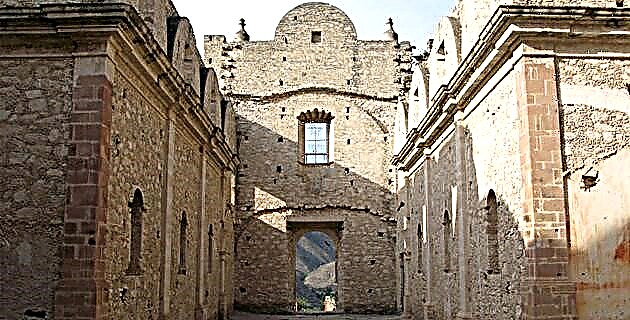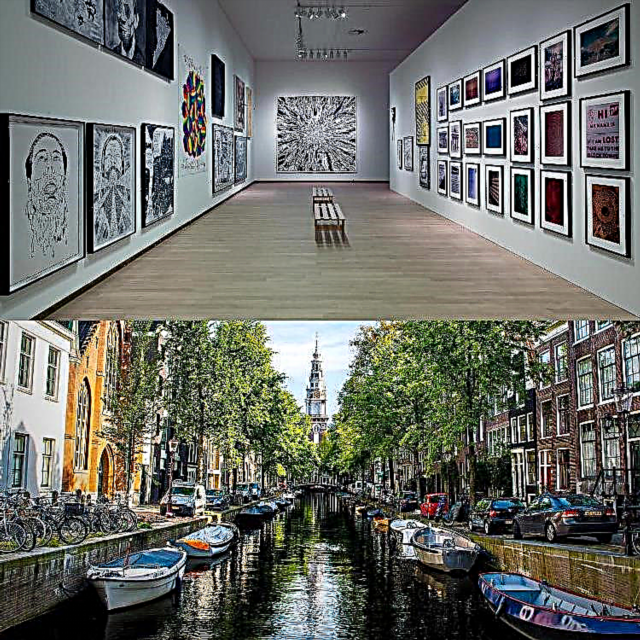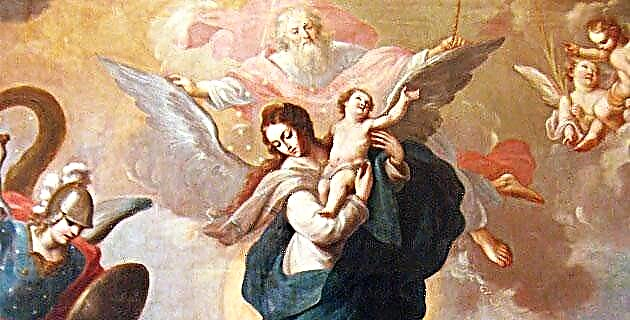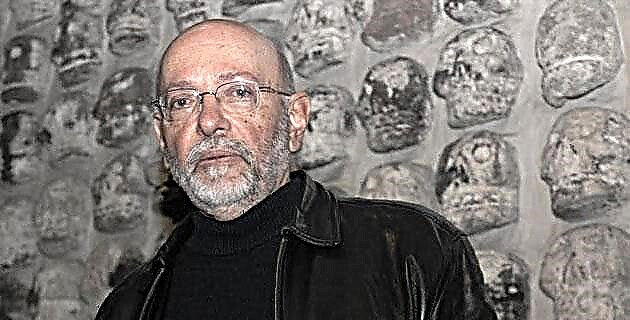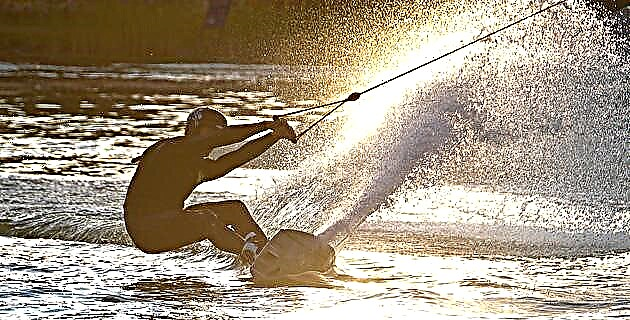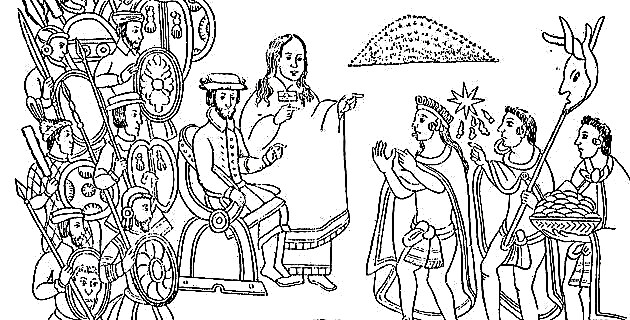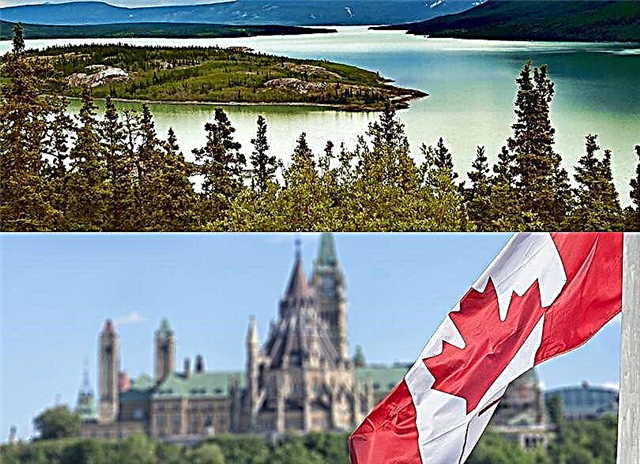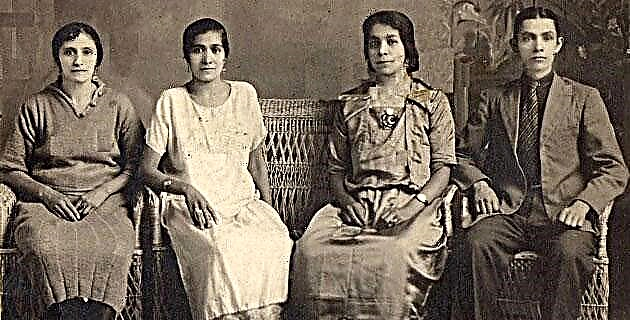
Before the invention of photography, people interested in preserving an image of their physical appearance and social status had to turn to painters, who used various techniques to make the requested portraits.
For a clientele that could afford them. However, not all potential clients had sufficient resources to access and preserve their portrait, even in the early years of photography, portraits in daguerreotypes were inaccessible to most of the population, until technological advances in photography The 19th century made it possible to obtain a negative on a glass plate. This technique, known by the name of wet collodion, is the process achieved around 1851 by Frederick Scott Archer, through which albumen photographs could be reproduced in a faster and more unlimited way on sepia toned paper. This caused a considerable decrease in the costs of photographic portraits.
The wet collodion, of greater sensitivity, allowed to reduce the exposure time; It owes its name to the exposure process that was carried out with the wet emulsion; Albumin consisted of moistening a sheet of thin paper with a mixture of egg white and sodium chloride, when it dried, a solution of silver nitrate was added, which was also allowed to dry, although in the dark, it was immediately placed on it. top the wet collodion plate and then exposed to daylight; To fix the image, a solution of sodium thiosulfate and water was added, which was washed and dried. Once this procedure was completed, the albumin was immersed in a gold chloride solution in order to obtain the desired tones and to fix the image on its surface for a longer time.
Due to the advances that these photographic techniques brought with them, in France, the photographer André Adolphe Disderi (1819-1890), patented in 1854 the way to make 10 photographs from a single negative, this caused the price of each print to be reduced by 90%. The process consisted of adapting the cameras in such a way that they could take 8 to 9 photographs on a plate 21.6 cm high by 16.5 cm. wide obtaining portraits of approximately 7 cm high by 5 cm wide. Later, the photographs were pasted on rigid cardboard measuring 10 cm by 6 cm. The result of this technique was popularly known as "Visiting Cards", a name derived from French, carte de visite, or business card, article of popular use, both in America and Europe. There was also a larger format, known as the Boudoir Card, whose approximate size was 15 cm high by 10 cm wide; however, its use was not as popular.
As a commercial measure, Disderi made, in May 1859, a portrait of Napoleon III, which he produced as a business card and was very well received, as it sold thousands of copies in a few days. Very soon he was imitated by the English photographer John Jabex Edwin Mayall who, in 1860, was able to photograph Queen Victoria and Prince Albert at Buckingham Palace. The success was similar to that of his French colleague, as he was also able to sell Business Cards in large quantities. A year later, when the prince died, the portraits became highly prized objects. Along with the Business Cards, albums were made in various materials to preserve the photographs. These albums were considered one of the most precious assets of a family, including portraits of relatives and friends as well as famous people and members of royalty. They were placed in the most strategic and visible places in the house.
The use of Business Cards also became popular in Mexico; however, it was a little later, towards the end of the 19th century and the beginning of the 20th. These photographic portraits were in great demand among all sectors of society, in order to cover it, numerous photographic studios were installed in the most important cities of the country, places that would soon become must-see sites, mainly for those interested in preserving their image. reproduced in albumin.
The photographers made use of all possible materials for their photographic compositions, using sets similar to theatrical ones to insinuate the presence of the photographed character, palaces and country landscapes, among others. They also used columns, balustrades and balconies modeled in plaster, as well as furniture of the time, without missing the large curtains and excessive decorations.
The photographers gave their clients the number of Business Cards that they had previously requested. The albumen paper, that is, the photograph, was pasted on cardboard that included the data of the photographic studio as an identification, thus, the name and address of the establishment accompanied the portrayed subject forever. In general, the photographed used the back of the Business Cards to write various messages to their recipients, as they served, mainly as a gift, either to the closest relatives, to the boyfriends and fiancées, or to friends.
The Business Cards serve to get closer to the fashion of the time, through them we know the wardrobe of men, women and children, the postures they adopted, the furniture, the attitudes reflected in the faces of the photographed characters, etc. They are testimony to a period of constant changes in science and technology. The photographers of that time were very scrupulous in their work, they did it with great care and neatness until they obtained the desired result, especially to achieve the final acceptance of their clients when they were reflected on their Business Cards, just as they expected.
In Mexico City, the most important photographic studios were that of the Valleto brothers, located on the 1st. Calle de San Francisco No. 14, currently on Avenida Madero, his studio, called Foto Valleto y Cía, was one of the most colorful and popular of his time. Great attractions were offered to customers on all floors of his establishment, located in a building he owned, as the accounts of the time attest.
The Cruces y Campa photographic company, located on Calle del Empedradillo No. 4 and which later changed its name to Photo Artística Cruces y Campa, and its address at Calle de Vergara No. 1, was another of the most prominent establishments of the late of the last century, it was formed by the society of Messrs. Antíoco Cruces and Luis Campa. His portraits are characterized by austerity in the composition of the image, with a greater emphasis on faces, achieved through the effect of blurring the environment, highlighting only the characters portrayed. In some Business Cards, the photographers placed their clients in unconventional positions, surrounded by the most essential furniture, in order to give more importance to the attitude and the clothes of the person.
The Montes de Oca y Compañía establishment was also one of the most popular in Mexico City, it was located on 4th street. of Plateros No.6, he was attended by those interested in having a full-length portrait, with a simple decoration, almost always made up of large curtains at one end and a neutral background. If the client preferred, he could pose in front of a set of city or country landscapes. In these photographs, the influence of romanticism is evident.
Important photographic studios were also installed in the main provincial cities, the most renowned one being that of Octaviano de la Mora, located at Portal de Matamoros No.9, in Guadalajara. This photographer also used a great variety of artificial environments as backgrounds, although with the modality that the elements used in his photographs should be closely related to the tastes and preferences of his clients. To achieve the desired effect, it had a large collection of furniture, musical instruments, clocks, plants, sculptures, balconies, and so on. His style was characterized by the balance he achieved between the pose and the relaxed body of his characters. His photographs are inspired by neoclassicism, where the columns are an integral part of his decorations.
We cannot fail to mention other renowned studio photographers such as Pedro González, in San Luis Potosí; in Puebla, the studios of Joaquín Martínez at Estanco de Hombres No. 15, or Lorenzo Becerril on Calle Mesones No. 3. These are just some of the most important photographers of the time, whose work is appreciated in the numerous Business cards that today are collector's items and that bring us closer to a time in our history that has now disappeared.

